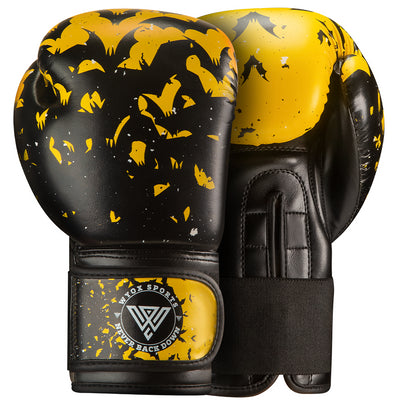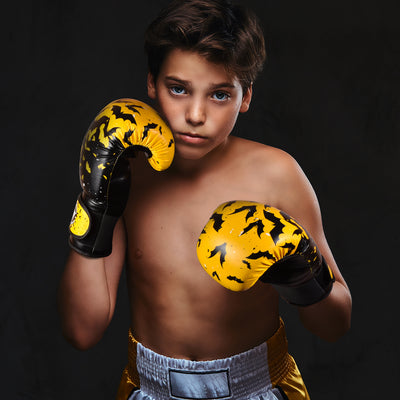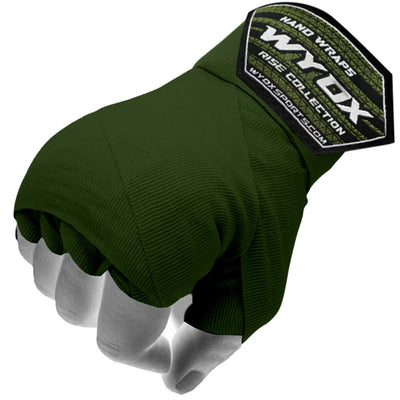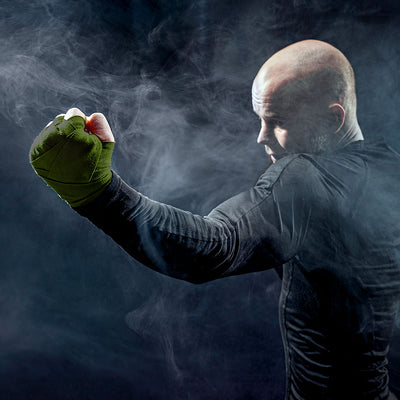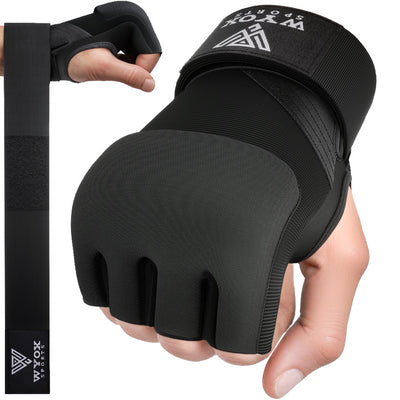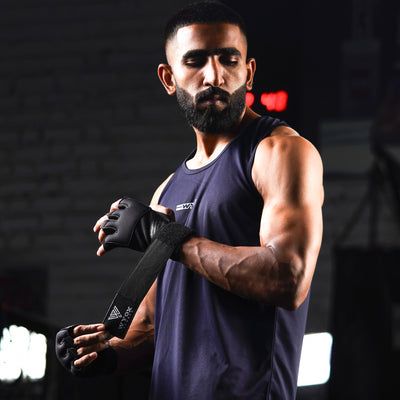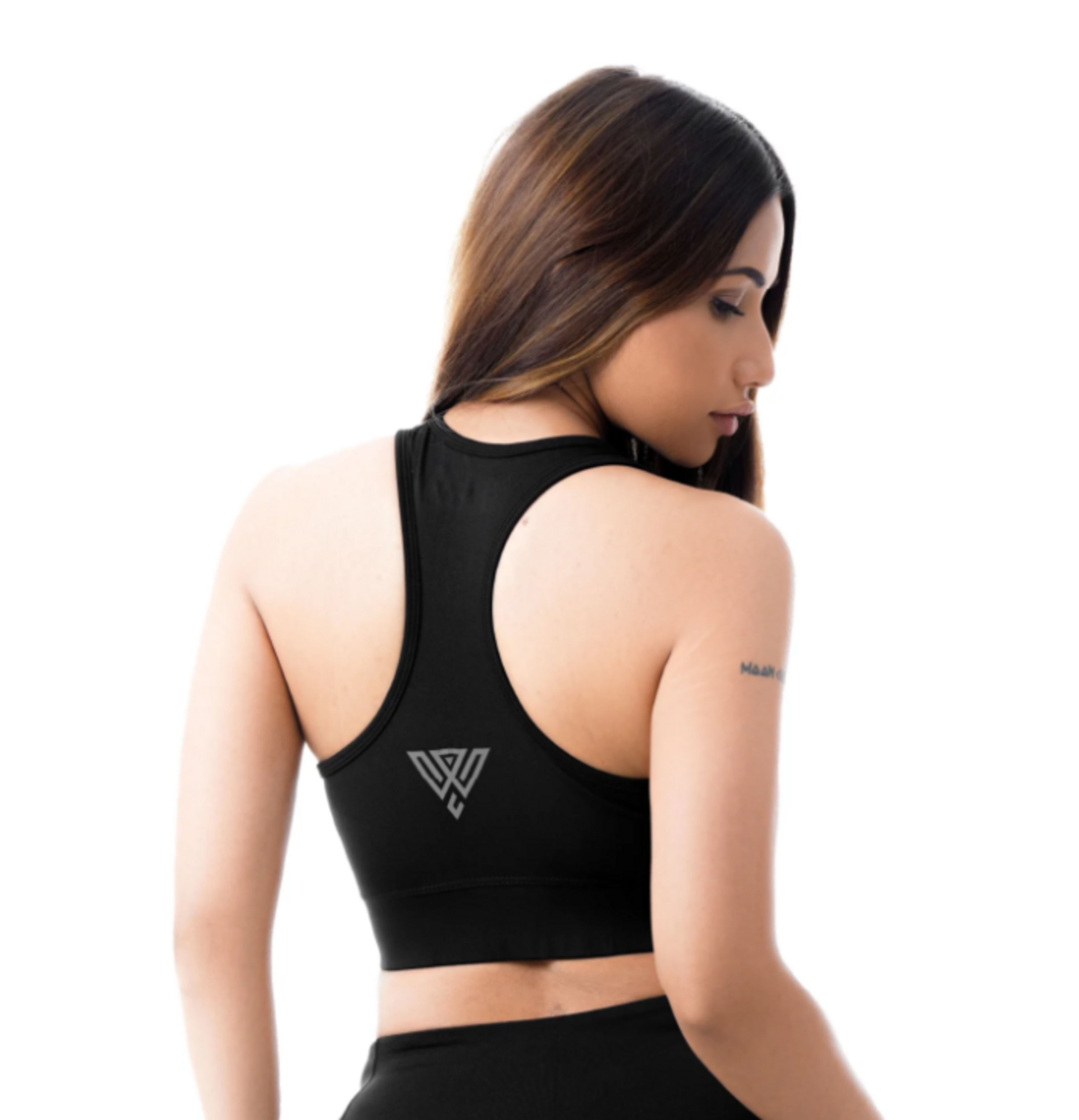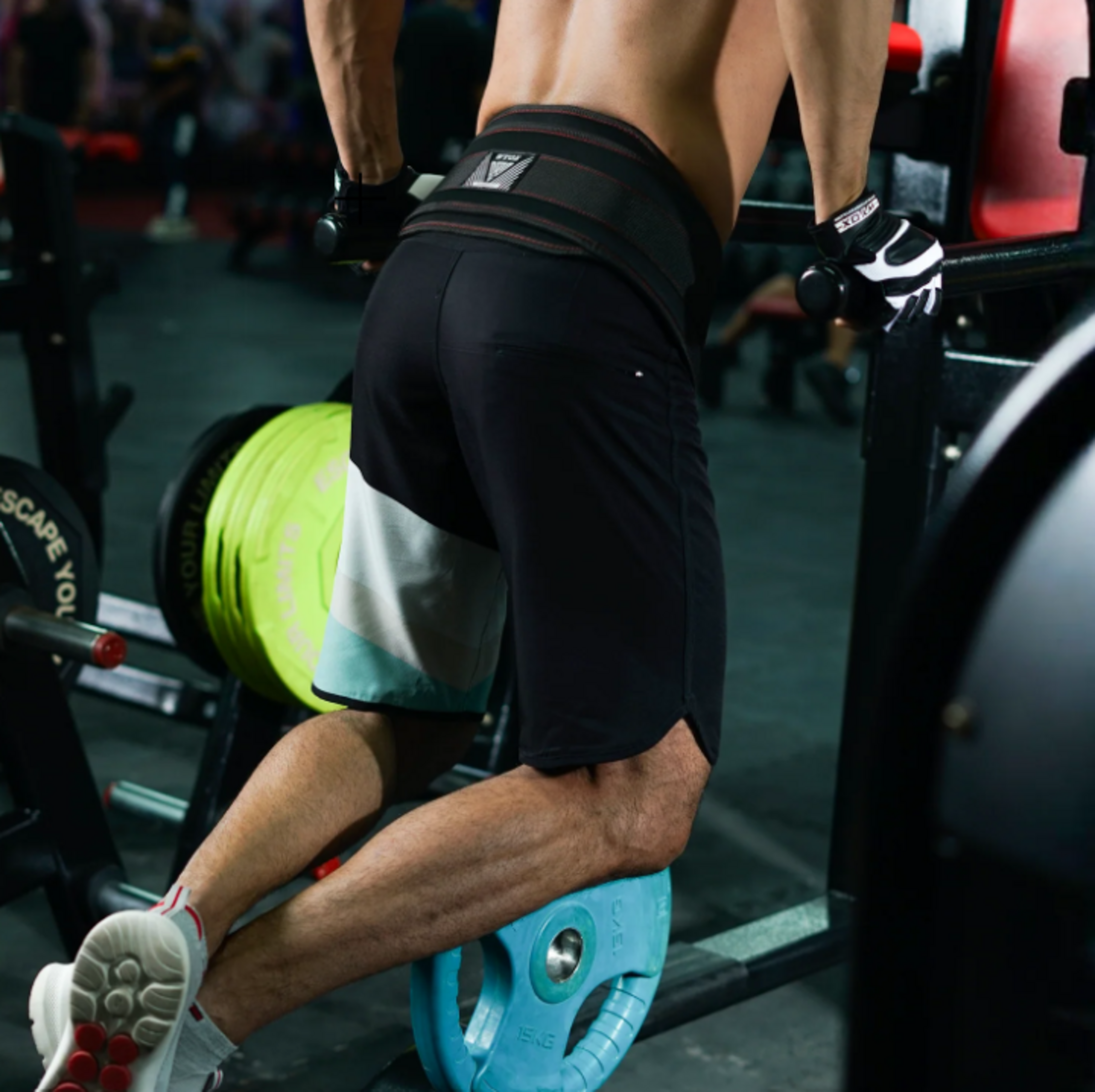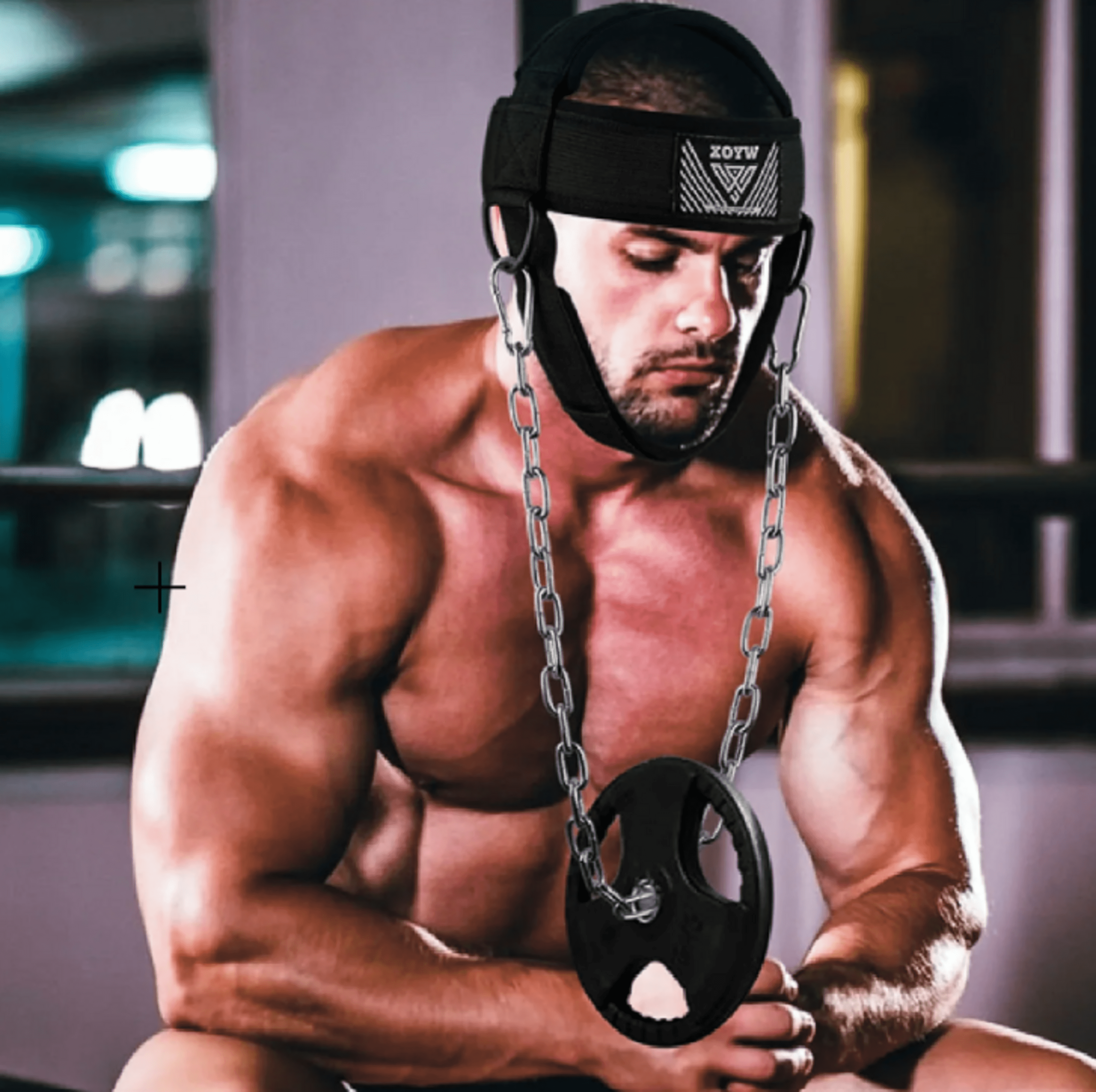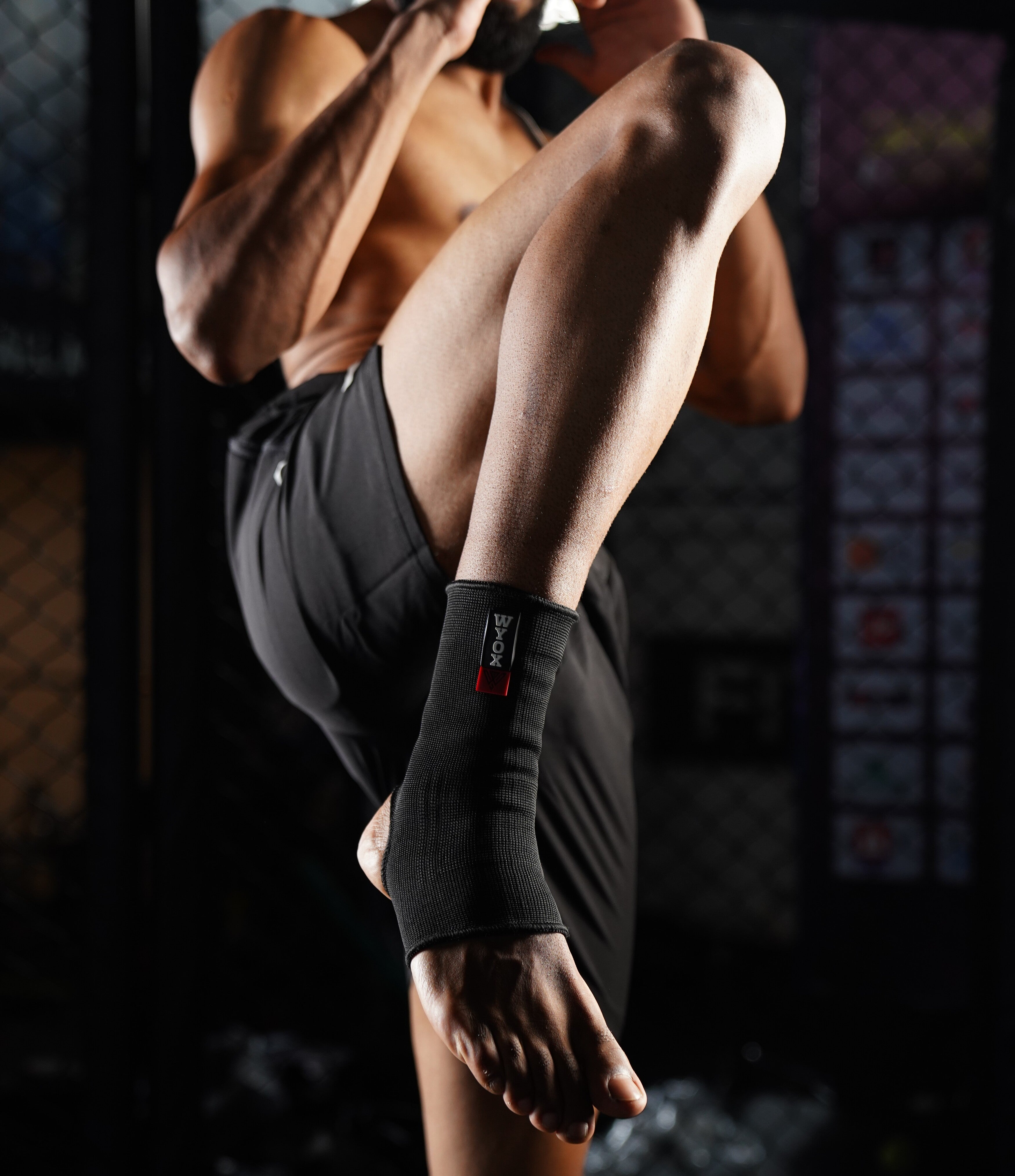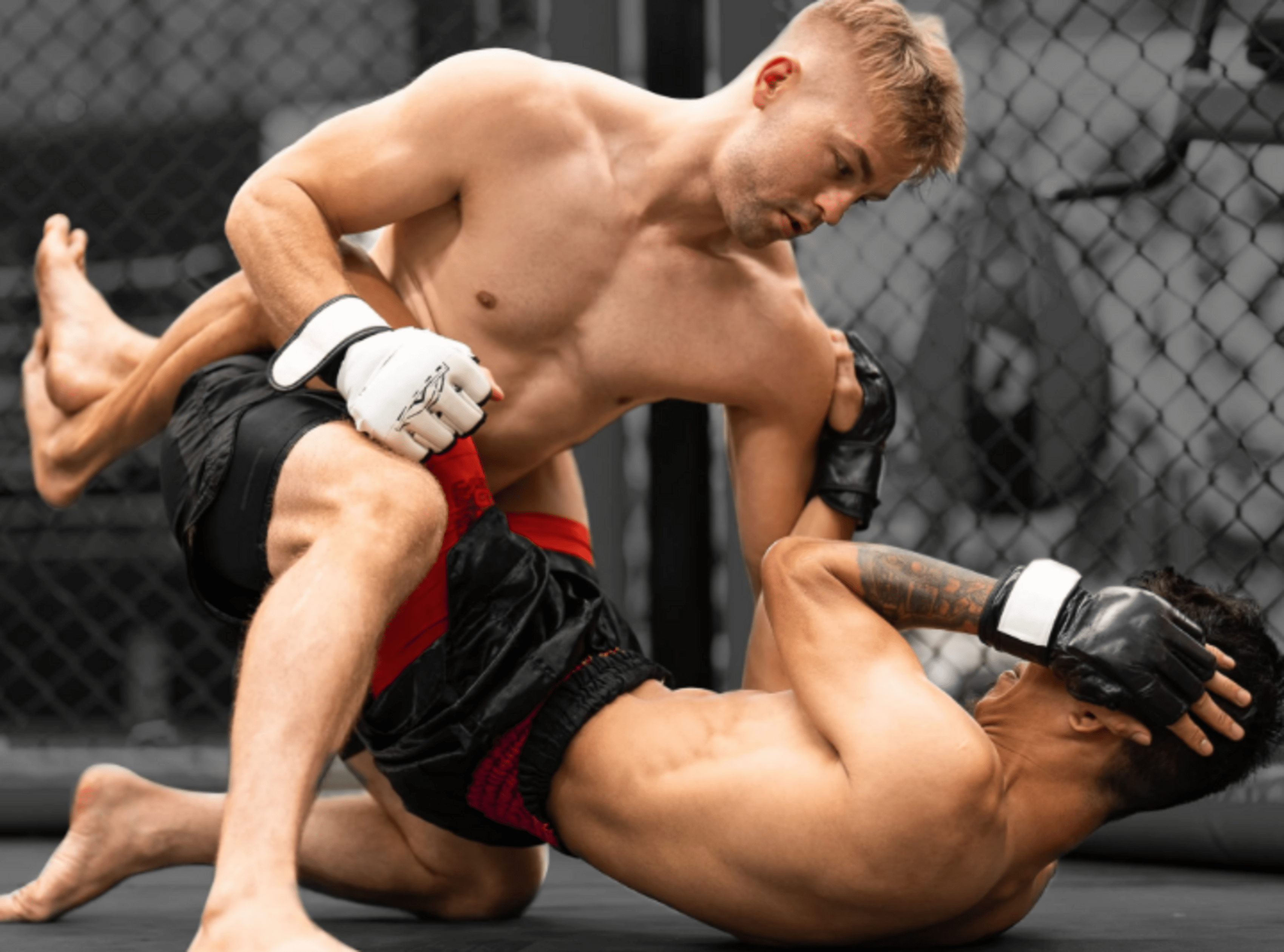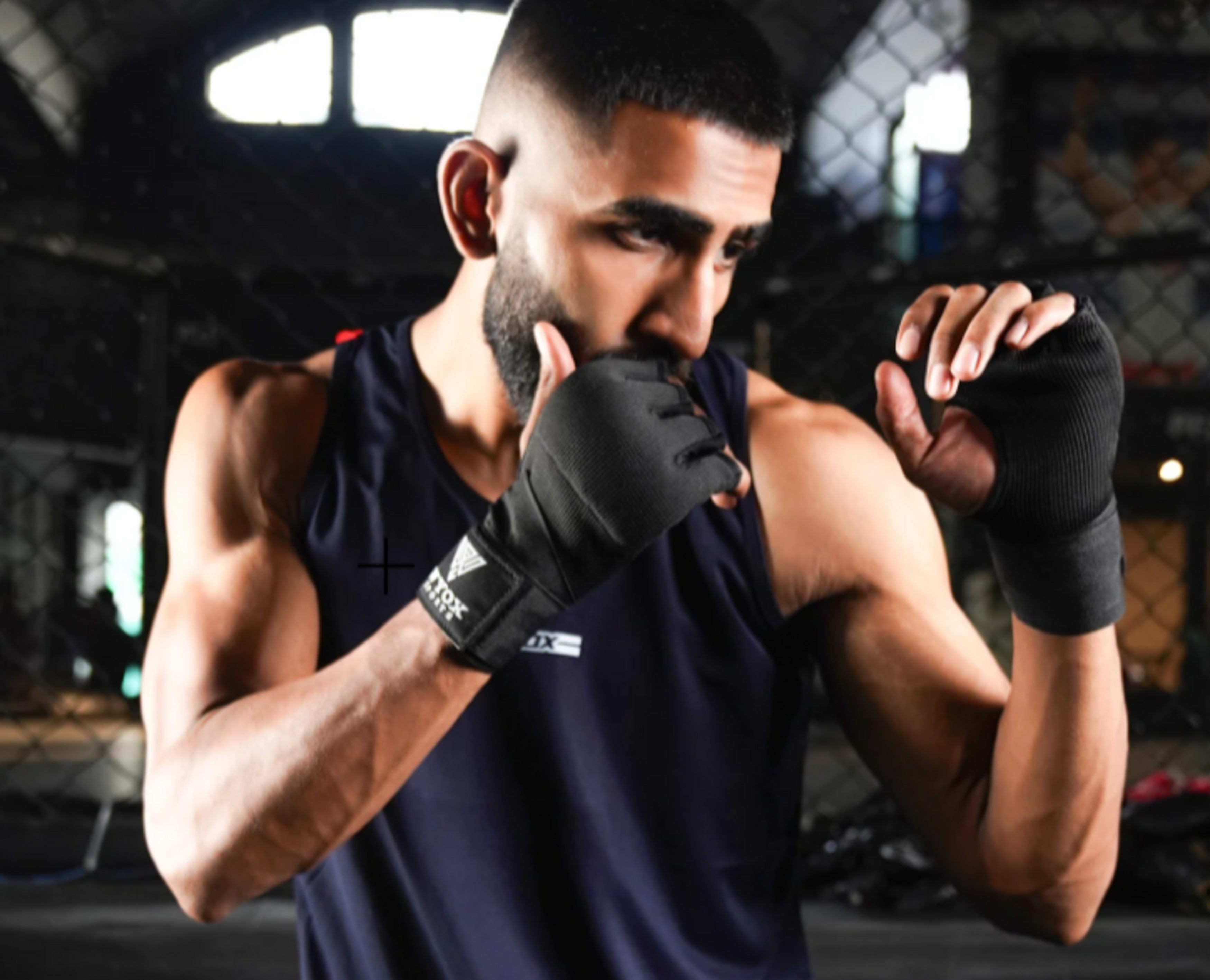Introduction
Walk into any gym and you’ll notice something right away—everyone has their own “secret weapon” when it comes to training gear. For some, it’s chalk dusted on their palms. For others, it’s a trusty pair of workout training gloves that they won’t lift without. But here’s the age-old debate: should you go for fingerless workout gloves or full-finger workout gloves?
At first glance, it might seem like a small detail. Gloves are gloves, right? But if you’ve ever tried hanging on to a sweaty bar during a heavy deadlift, or thrown in a set of pull-ups with aching palms, you know that gloves at the gym can make or break your session.
In this blog, we’ll break down both options, explore the benefits and drawbacks, and help you figure out which type of workout training gloves will actually give you the edge you’re looking for.
Fingerless Workout Gloves: The Popular Choice
If you’ve spent any time in a gym, you’ve probably seen lifters sliding on fingerless workout gloves before hitting the bench. These gloves are considered the “classic” option for a reason.
Why athletes like them:
-
Better breathability: Without fabric covering your fingertips, air flows freely, and your hands don’t feel like they’re trapped in a sauna.
-
Improved grip control: You can still feel the bar or dumbbell, which creates a more natural connection between your brain and muscles.
-
Quick adjustments: Need to re-tie your shoes, grab a water bottle, or adjust your music? Fingerless makes life easy.
Many lifters also swear by fingerless weight lifting gloves because they reduce blisters while still letting them feel the knurling on the bar. That “direct contact” feel is something a lot of athletes don’t want to sacrifice.
And let’s not forget style—let’s be honest, fingerless workout gloves just look cool. They scream, “I mean business,” while still letting you feel like your hands are free.
Full-Finger Workout Gloves: The Underdog with Benefits
Full-finger gloves, on the other hand, don’t get as much spotlight, but they definitely have their place.
Where they shine:
-
Extra protection: If you’re training outdoors, full-finger gloves protect against cold weather, rough bars, or even outdoor equipment.
-
Hygiene factor: Not a fan of gripping gym bars that hundreds of sweaty hands have touched? Full coverage is your friend.
-
Durability: Because the material covers your entire hand, these gloves often last longer and protect you from cuts or scrapes.
Some lifters prefer full-finger gloves because they add a layer of confidence when gripping heavy weights. They’re especially popular with people who use gym bar gloves for pull-ups or rows, where sweaty palms can become a real problem.
The Real Question: Which Gloves Improve Performance?
Here’s the truth: both fingerless workout gloves and full-finger gloves can boost your performance, but in different ways.
-
If your main concern is grip strength and comfort, fingerless is usually the better pick.
-
If your priority is maximum protection and durability, then full-finger gloves might serve you better.
When I first started weightlifting, I leaned heavily on fingerless workout gloves because they gave me freedom. But as I moved into outdoor training and longer sessions, I found myself occasionally switching to full-finger options. Sometimes, the “best” glove is simply the one that keeps you consistent in your training.
Why Workout Training Gloves Matter More Than You Think
Some people argue, “Why wear gloves at all? Bare hands are tougher.” But here’s the deal: even the toughest hands get torn up with heavy training. Calluses, ripped skin, and constant blisters are distractions you don’t need.
The right pair of workout training gloves offers:
-
Wrist support to keep your lifts safer.
-
Better grip so you can focus on form instead of slipping.
-
Longevity—you’ll last longer in your workouts without being held back by pain.
And when you’re putting in the hours at the gym, why wouldn’t you want gear that gives you an edge? Whether it’s gloves at the gym or a supportive belt, small changes can lead to big gains.
Different Types of Gym Gloves and Their Uses
When people talk about the best gym gloves, they often confuse them with exercise gloves designed for lighter sessions. The truth is, different workouts demand different gear. For example, weight lifting gloves are built tougher, often padded, and they’re a level above your everyday gym workout gloves.
If you’re serious about hitting PRs, then Wyox weight lifting gloves or WyoxSports workout gloves give you the combination of grip and durability you’ll need. I’ve personally tried a few, and they stand out for comfort.
Even within the “fingerless” camp, you’ll find different builds. Some fingerless workout gloves lean lightweight, while others like fingerless weight lifting gloves pack more padding for protection. On the other end, best workout gloves are more about versatility—you can use them in CrossFit, calisthenics, or straight bodybuilding.
Advanced lifters sometimes choose weight training gloves with wrist straps or go after WYOX best lifting gloves if they want maximum stability. Others swear by power grip weight training gloves for pulling movements like deadlifts or rows.
And if you’re on the hunt for the best weight lifting gloves, know that comfort and grip often matter more than brand hype. Still, brands like WYOX stand out with their best weightlifting gloves, gloves for weight lifting, and even their WYOX best workout gloves, which cover everything from beginner to pro needs.
At the end of the day, the right gym gloves aren’t just accessories—they’re tools for performance, injury prevention, and training longevity.
How to Decide: A Quick Checklist
Ask yourself these questions before you buy:
-
Do I train indoors only, or outdoors as well?
-
Indoors → Fingerless may be enough.
-
Outdoors/harsh environments → Full-finger gives more protection.
-
Am I more worried about grip or about hand safety?
-
Grip → Go fingerless.
-
Safety → Go full-finger.
-
Do I sweat a lot during workouts?
-
If yes, gym bar gloves with breathable material are a must.
-
Am I training casually or pushing heavy weights?
-
Heavy lifting → invest in workout training gloves with wrist support.
Final Thoughts
Choosing between fingerless workout gloves and full-finger options isn’t about picking a “winner.” It’s about knowing what keeps you comfortable, consistent, and confident during training.
If you value grip, breathability, and freedom, fingerless is your ally. If you prefer protection, hygiene, and long-lasting durability, go full-finger. Either way, your hands will thank you.
So next time you grab your gloves at the gym, ask yourself: what do I really need today—more freedom or more protection? That answer will guide you to the right pair of workout training gloves.
And remember, gear doesn’t make the athlete—but the right gear can definitely help the athlete go further.

